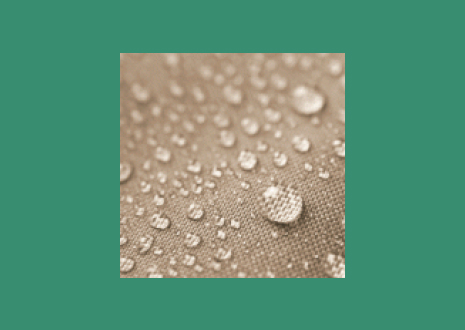Glossary

Wood stain is a term that describes anything that colours wood. There are products that solely stain the wood but there are also others such as oils, varnishes and waxes that both stain and teat the wood (make it less absorbent and resistant to damage).
Wood stains consist of a pigment or dye (for colour) suspended or dissolved in a vehicle or solvent. Wood stains typically use alcohol, petroleum or water as a vehicle or solvent (E.G if water is used their called water based). Wood stains that us primarily dyes provide a more transparent colouring and are used for finer grained woods. Pigments offer more opaque colouring and are better of woods with a less fine grain. There are many products that us both to provided semi- opaque colouring.
Wood stains are/ need to be absorbed by the outer layer of the wood. Because of this, it is important to apply it to freshly sanded or bare wood as any prior treatment will stop it from being absorbed.
Fanlight wind
A fanlight is a semi-circular window that can sometimes be found above other windows but is more commonly placed above doors. The common design has traceries or glazing bars radiating from a single point like the spokes of a wheel with glass in between. This wooden window typical design is what gives it its name […]

Absorbency refers to the degree to which a surface or marital takes in liquids. Materials with high Absorbency such as matte painted walls, plaster and untreated wood (especially softwoods) take in liquids easily. As a result, this can make them prone to staining, mould and frost damage. Materials that aren’t absorbent like plastics, treated wood, […]
Obtain Free,
No-Obligation Quotation